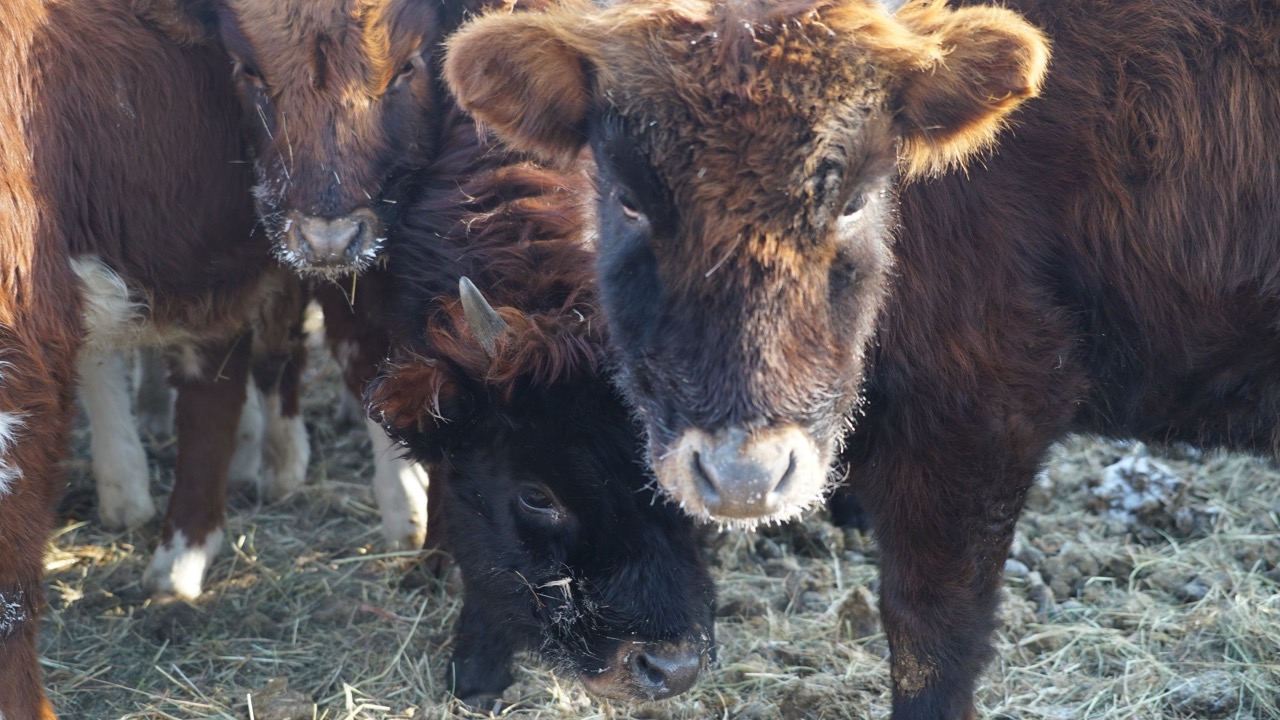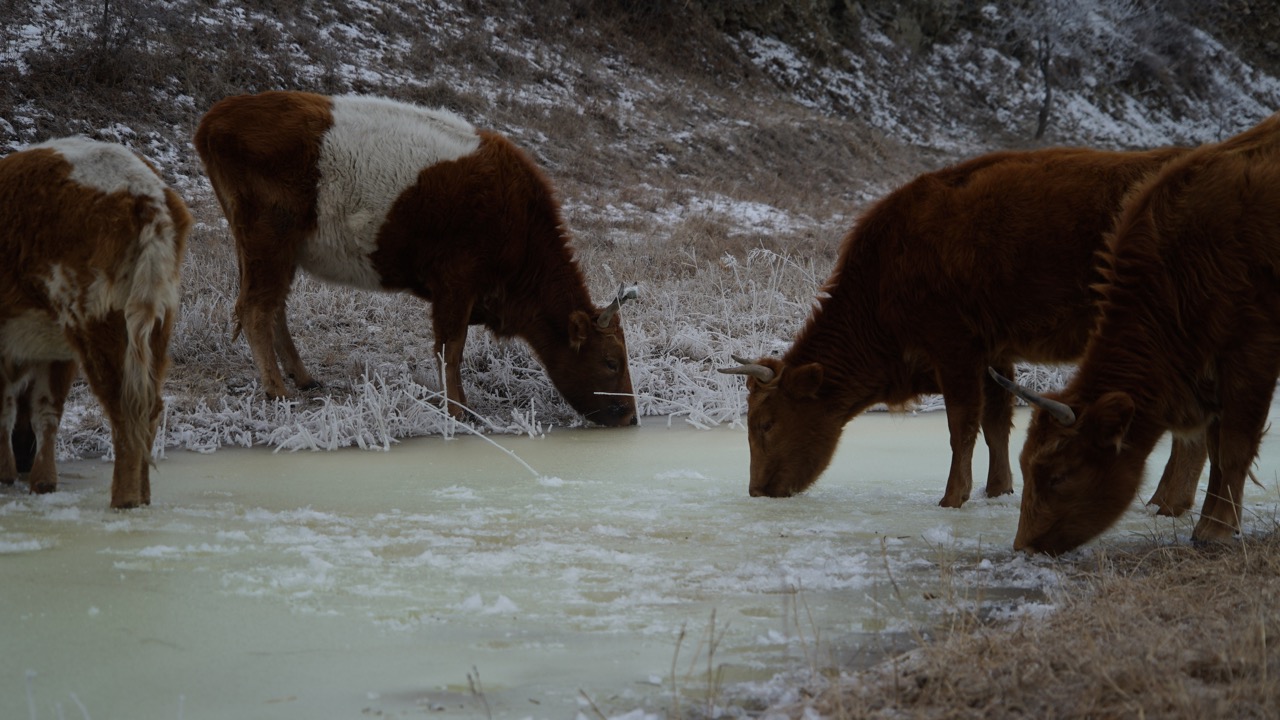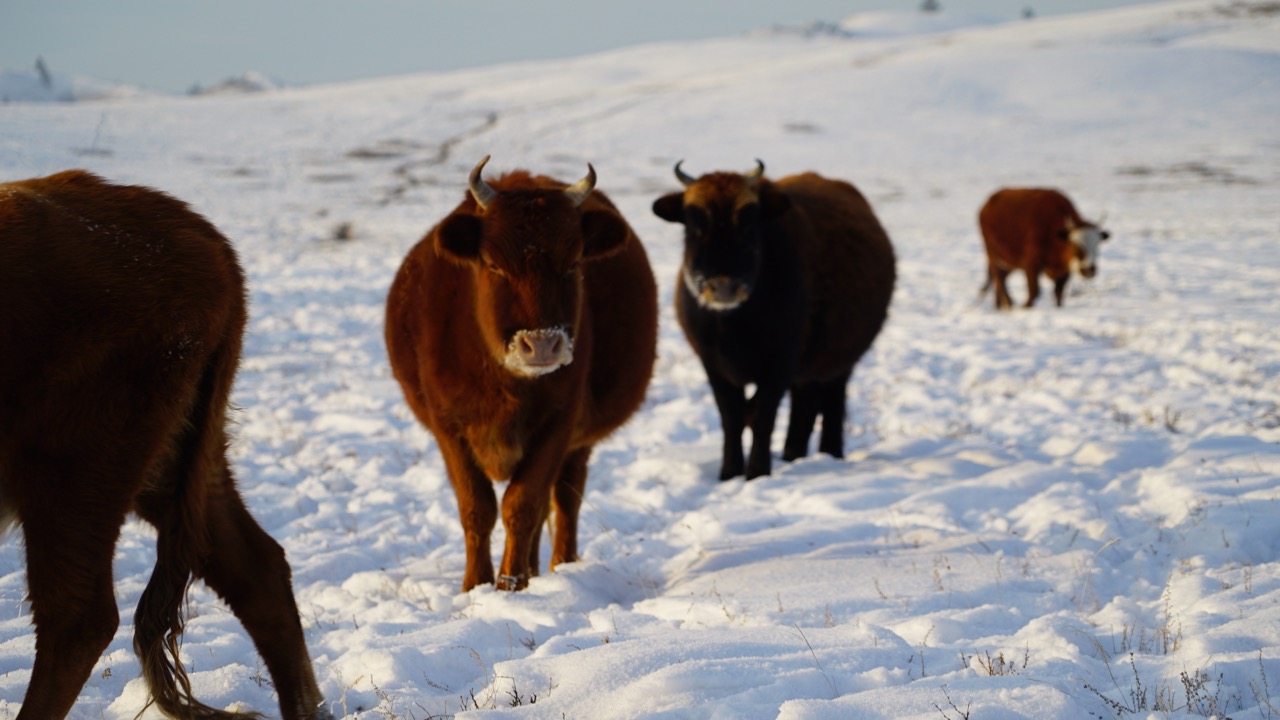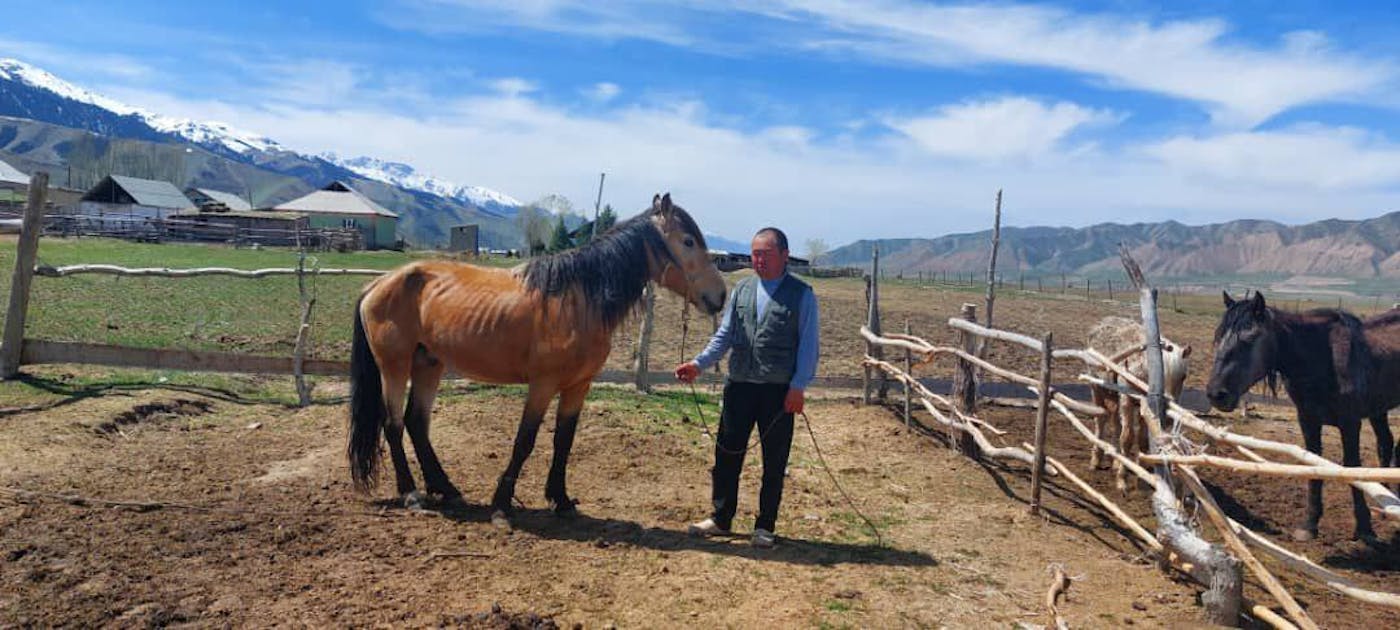Reconnecting the Indigenous Peoples of Central Asia to Preserve their Natural Landscapes and Promote Sustainable Food Systems
- Regenerative Agriculture
- Indigenous Tenure
- Women
- Agroecology
- Sustainable Grazing
- Biodiversity
- Tien Shan Mountains
- Central Eurasia Realm
- Daughters for Earth
| Bioregion | Tian Shan-Pamir Grasslands, Mountain Steppe & Conifer Forests (PA31) |
| Category | Regenerative Agriculture Our project categories represent one of three core solutions pathways to solving climate change. Energy Transition focuses on renewable energy access and energy efficiency. Nature Conservation includes wildlife habitat protection and ecosystem restoration, as well as Indigenous land rights. Regenerative Agriculture supports farmers, ranchers, and community agriculture. |
| Realm | Central Eurasia The Project Marketplace is organized by the major terrestrial realms divided into 14 biogeographical regions – N. America, Subarctic America, C. America, S. America, Afrotropics, Indomalaya, Australasia, Oceania, Antarctica, and the Palearctic realm, which coincides with Eurasia and is divided into Subarctic, Western, Central, Eastern, and Southern regions. |
| Partner | Agroecology Fund |
One Earth’s Project Marketplace funds on-the-ground climate solutions that are key to solving the climate crisis through three pillars of collective action — renewable energy, nature conservation, and regenerative agriculture.
Central Asia has about 250 million hectares of pasture, including parts of Russia, Mongolia, and China and more than half of Kazakhstan, Uzbekistan, Tajikistan and Kyrgyzstan, where pastoralism is the mainstay of many people. Native breeds of livestock are especially critical for food security in the harshest of Earth’s climates -- from the Gobi desert to the icy plains of Siberia -- but in recent decades, the genetic diversity of livestock around the world has plummeted.

Image credit: Courtesy of the Agroecology Fund
The Buryats, one of the largest Indigenous groups in Russian, are a Mongolic people hit hard by this genetic erosion. They were once nomadic herders, roaming far and free with their hardy native cattle. Milk and meat products were traditional sources of food that were considered not just sustenance, but sacred.
However, decades of Soviet influence have undermined this way of life. A strong government policy focusing on high-yielding breeds introduced herds of interbred cattle across Buryatia. These breeds require protection from the long, harsh winter, expensive fodder, and medicines. Today, most Buryats live in poverty, fighting to earn a living from agriculture in a hostile climate.

Image credit: Courtesy of the Agroecology Fund
The Peace Building Center (PBC) in Kyrgyzstan is working to change that. It has partnered with Indigenous groups across the Pamir, Tien-Shan, and Sayan-Altai mountain ranges that straddle the boundary between Central and Eastern Asia. The Center seeks to revitalize the connection between distinct cultures and their natural landscapes in order to promote sustainable food systems and healthy lifestyles, reviving the rural economies.
To do this, the Center has been working closely with herders, veterinarians, and genetic scientists to restore populations of neglected native livestock, including the hardy Turano-Mongolian Buryat breed.

Image credit: Courtesy of the Agroecology Fund
In recent times, locally adapted Buryat cattle had all but disappeared from the landscape. These cattle can subsist on snow-covered grasslands throughout the year, a trait that allowed nomadic traditions to flourish for centuries. Although they don’t provide as much meat and milk as European breeds, they are able to thrive in these harsh conditions – which the Buryat people now see as more important.
The Peace Building Center is building a robust and ongoing farmer-scientist exchange. To date, the group’s breeding and research activities have helped isolate and revive the Buryat cattle’s original genetic traits. The results of genome-wide genotyping on the Buryat cow were recently published in the journal Heredity, and the findings were publicized through a media campaign that aired on Russian public television in 2018.

Image credit: Courtesy of the Agroecology Fund
The scientific research was also presented at various Indigenous forums, and the future for the Buryat cow is looking brighter. Raised by around 30 families, pure-bred Indigenous livestock now number 300 strong. As herds grow, the community is encouraged to know that their old way of life is within reach. PBC is now expanding its efforts to revive the population of the Indigenous Kyrgyz horse.
In 2019, As part of the Altyn Tuyak (Golden Hoof) collaboration, the Agroecology Fund supported a learning exchange between Buryat herders and their Mongolian counterparts, not far from Ulaanbaatar. In Mongolia, nomadic traditions still thrive, and the Siberians came away with the knowledge and renewed conviction they need to restore their traditions, health, and culture.
When Buryat bovines and Kyrgyz horses are thriving and native herding practices resume once again across Central Asia, it will strengthen genetic biodiversity as well as territorial integrity in the region.

